
SURFACES REPORTER (SR) is sharing the important works of Louis Kahn- one of America's most influential modernist architects. He was the man whose works were the epitome of a juxtaposition of medieval and modern architecture.
Also Read: The Architecture of Tadao Ando: Master and his Works
Known as Louis Isadore Kahn in full, Louis Kahn was a twentieth-century American architect. He was born on 20th February 1901, in Osel, known as Saaremaa, Estonia, in the present day. Distinguished by an approach that dealt with incredible and substantial building forms, Kahn emerged as one of the most influential architects in post-War America of the 1940s. It was during his years as a child that his parents immigrated to America, which enabled him to receive education at top-rated institutions later. In 1924, he graduated from the University of Pennsylvania and toured
Europe, where he both studied as well as sketched architectural landmarks. He entered into a partnership with George Howe in 1941 and with Oscar Stonorov from 1942 to 1944. Often controversial, Kahn’s work was modernist in terms of architectural style. He started with private homes and worker housing but moved on to valuable commissions after a fellowship at the American Academy in Rome. In 1947, he donned the role of professor of architecture at Yale University and his alma mater, the University of Pennsylvania, in 1957. He received the Frank P. Brown Medal in 1964, the AIA Gold Medal and the Golden Plate Award in 1971, and the Royal Institute of British Architects’ the Royal Gold Medal in 1972. However, it was only in hindsight, after a favourable review of his contribution, that he was recognised to be one of the most important architects of the twentieth century.
Also Read: Architectural Inspirations: The Work of Laurie Baker
Important Works
1. The Phillips Exeter Academy Library
Commissioned to design Phillips Exeter Academy in 1965, Kahn matched his client’s expectations of a brick exterior that coordinated with the school’s Georgian buildings. For its interior, however, he utilised stone and wood, in contrast, to imbue the space with a natural sense of light. The library was completed in 1972, and in Kahn’s own words embodies the art of “thoughtful making of spaces.”
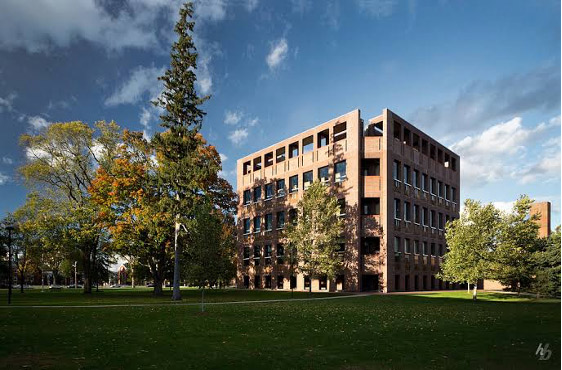
2. The Yale University Art Gallery
Located next to structures in neo-Gothic style, the Yale University Art Gallery was Kahn’s first renowned commission. It opened in 1953 and originally included areas for the display of “art and studio spaces for use by art and architectural students.” Built from concrete, steel, glass, and masonry, it was the first modernist building at Yale University.
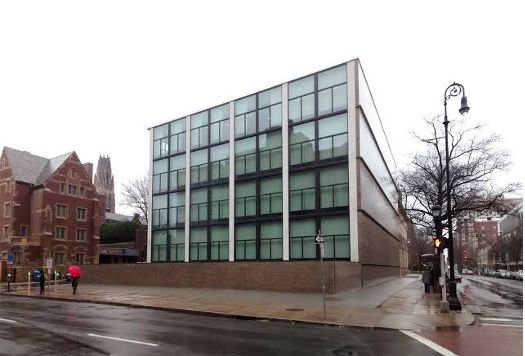
3. The Kimbell Art Museum
Opened to the general public in 1972 for the first time, Kahn’s Kimbell Art Museum is regarded to be the “Mecca” of modern architecture. Its main building has three 100-foot bays, each of which is “fronted by an open, barrel-vaulted portico.” In addition, three courtyards define its interior space and constitute one of the major highlights. With concrete, white oak, and travertine as its chief construction materials, the structure derives heavy influence, as acknowledged by Kahn himself, from Roman architecture.
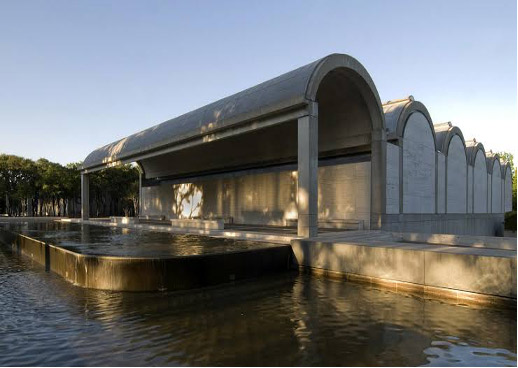
4. The Salk Institute
This Louis I. Kahn project was commissioned by Jonas Salk, the American virologist who developed one of the first successful polio vaccines. With “create a facility worthy of a visit by Picasso” for instruction, Kahn designed a building that combined functionality with aesthetics. It was opened in 1965 and built from stone and concrete. A
novelty, the Salk Institute’s flexible design testifies to its architect’s mastery over the architectural interplay between material and space.
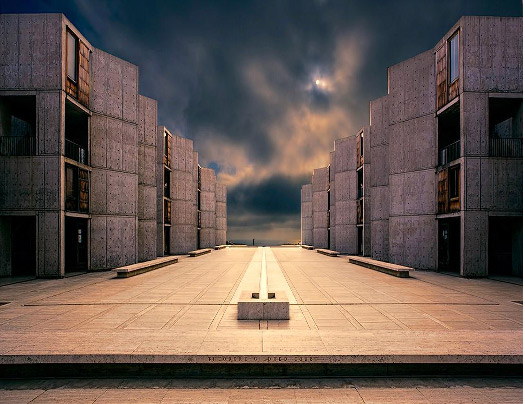
5. Franklin D. Roosevelt Four Freedoms Park
Four Freedoms Park is Kahn’s posthumous memorial to Franklin D. Roosevelt and one of the most important urban spaces. Claimed to be his “best project” by the Guardian’s Oliver Wainwright, it has what is described as “the feel of an ancient temple precinct.” It was constructed almost four decades after Kahn’s death and described by Gina Pollara as a memorial “not only to FDR but to Kahn himself.”
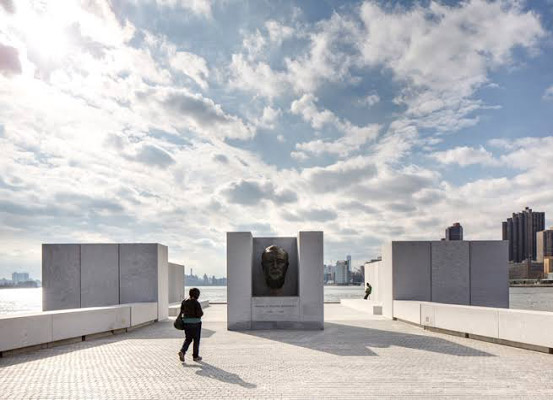
6. The National Assembly Building of Bangladesh
The National Assembly Building of Bangladesh was completed in 1982. A modernist work, it was created keeping in mind the local cultural context. It was commissioned to Kahn in 1962 and originally intended to serve as an extension of the Pakistani government’s parliamentary headquarters. However, after Bangladesh’s liberation in 1971, it was completed at a cost double its initial estimation and came to symbolise the freedom struggle and democratic spirit of the Bengali people.
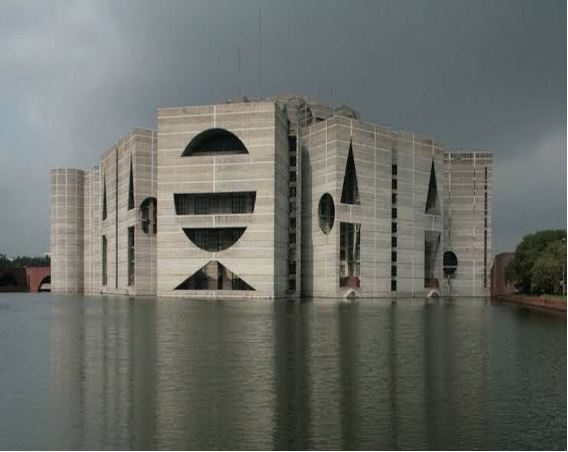
7. The Yale Center for British Art
One of his last commissions, the Yale Center for British Art stands across the street from Kahn’s first important architectural creation, i.e. the Yale University Art Gallery. It was completed in 1974 and stood as the manifestation of change in his architectural style over a four decades-long career trajectory. A mixture of dull grey stone and transparent glass, it is especially suited to the needs of an educational institution and has “learning-oriented spaces.”
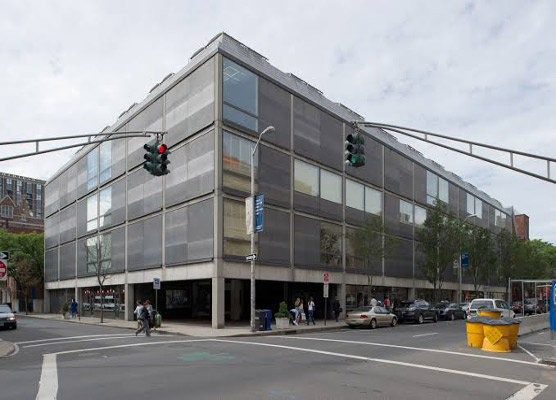
8. The Richards Medical Research Laboratories
Located at the University of Pennsylvania, Kahn’s Richards Medical Research Laboratories was regarded to be the “most consequential building constructed in the United States” by the Museum of Modern Art after the Second World War. It was heavily criticised for its exposure to sunlight, privacy concerns, and unsuitability for scientific experiments. Therefore, it prompted renovation to address those concerns and needs. It is in this context that its recent modification has involved the conversion of Richard’s four brick towers into computer laboratories and offices.
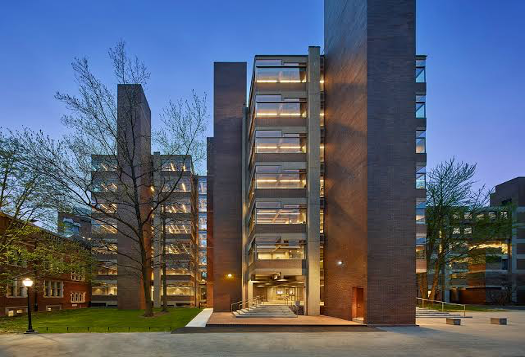
9. The First Unitarian Church of Rochester
Completed after the Salk Institute in 1967, Kahn’s the First Unitarian Church is one of his most impressive works. Often overlooked, the building’s modern architecture incorporates “traditional Unitarian values that promote community and culture. Kahn used a question mark to represent the sanctuary, the building’s central space and surrounded it with an aisle, represented by the two circles around its question mark.
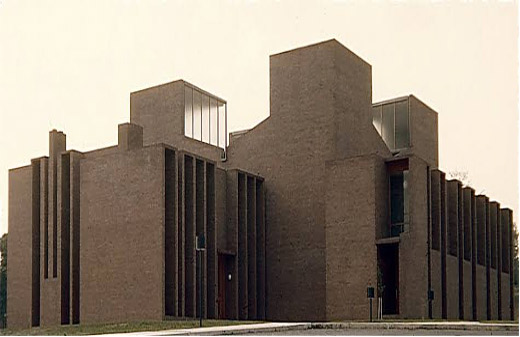
Are you an admirer of Louis Kahn’s works? What is your favourite project done by him? Tell us in the Comment section below.
Image Courtesies: architecture-history, Wikiwand, Kimbell Art Museum, Science, Dezeen, Pinterest, Divisare, Halkin Mason Photography
Keep reading SURFACES REPORTER for more such articles and stories.
Join us in SOCIAL MEDIA to stay updated
SR FACEBOOK | SR LINKEDIN | SR INSTAGRAM | SR YOUTUBE | SR TWITTER
Further, Subscribe to our magazine | Sign Up for the FREE Surfaces Reporter Magazine Newsletter
You may also like to read about:
Discovering Architectural Finesse with Renowned Architect Isay Weinfeld
Life and Works of Architect Louis I. Kahn: An Overview
SR FrontRunner: A Step Towards The ‘New World’ with Mr Abhishek Somany
and more...